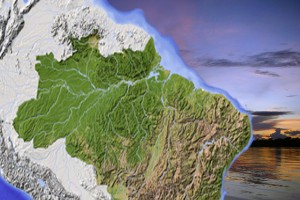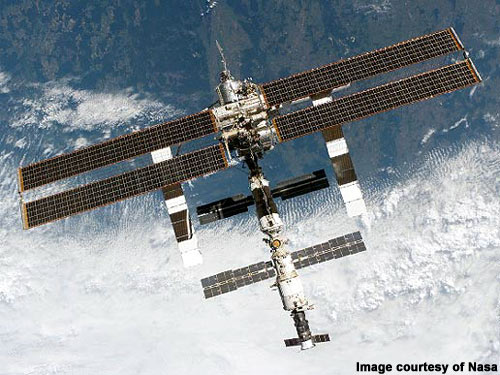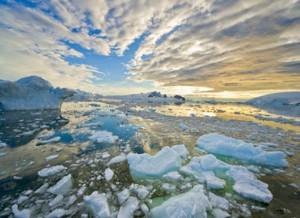 When most people think of conservation in the Amazon, images of rainforests – burned and bulldozed for cattle pastures and plantations – come to mind.
When most people think of conservation in the Amazon, images of rainforests – burned and bulldozed for cattle pastures and plantations – come to mind.
And, indeed, in the past two decades some 325,000 square kilometers of rainforest in the region have been lost. Fewer of us remember that the largest river system in the world originates in the towering Andes and the more modest elevations of the Brazilian and Guiana Shields.
Water flowing through the Amazon Basin nourishes millions of people and innumerable and incredible diverse species of wildlife. Covering nearly 40 percent of South America, these waters exceed in volume the world’s next six largest rivers combined. Read more











